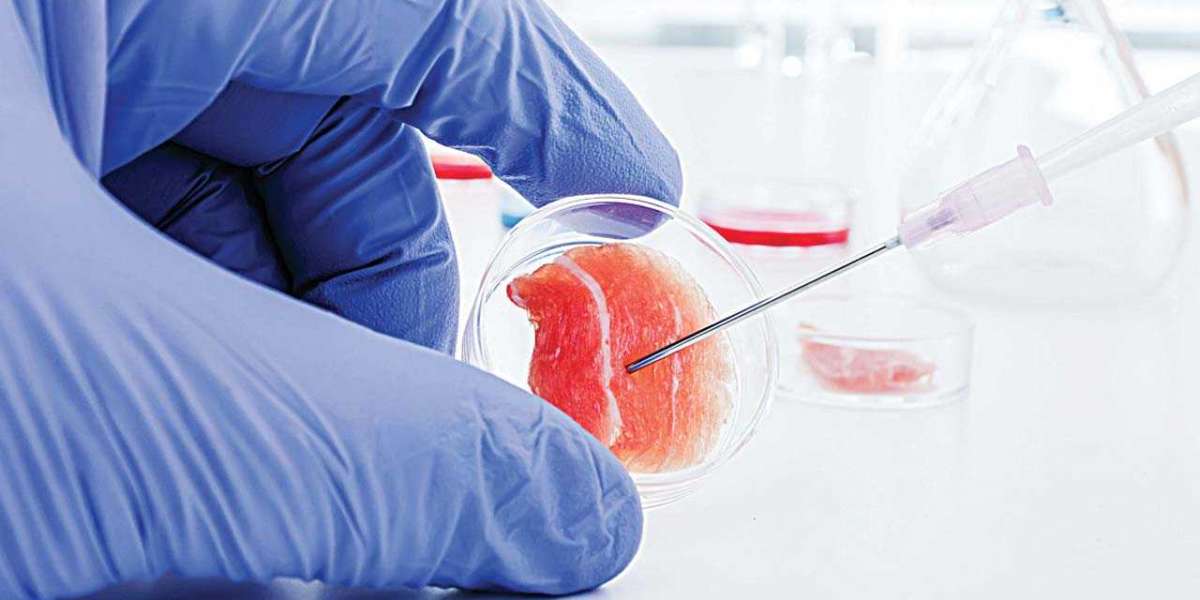In the bustling metropolis of New York City, where innovation and progress are woven into the fabric of everyday life, groundbreaking advancements in healthcare are continuously unfolding.
Among these advancements, stem cell treatment stands out as a beacon of hope for individuals seeking innovative solutions to various medical conditions.
In this article, we delve into the world of stem cell therapy in New York City, exploring its accessibility, efficacy, and the challenges faced by both patients and healthcare providers.
Understanding Stem Cell Treatment
Stem cell treatment represents a paradigm shift in modern medicine, offering the potential to regenerate and repair damaged tissues and organs.
Stem cells are unique cells with the remarkable ability to develop into different types of cells in the body, making them invaluable for regenerative purposes.
In the context of medical treatment, stem cells can be harvested from various sources, including bone marrow, adipose tissue, and umbilical cord blood.
The Landscape of Stem Cell Therapy in New York City
New York City, with its world-renowned medical institutions and research facilities, stands at the forefront of stem cell research and treatment.
Patients in the city have access to a wide range of stem cell therapies targeting conditions such as orthopedic injuries, autoimmune diseases, neurodegenerative disorders, and more.
Leading hospitals, clinics, and specialized centers offer cutting-edge treatments that harness the regenerative potential of stem cells to promote healing and improve quality of life.
Accessibility Challenges
While the landscape of stem cell therapy in New York City is promising, accessibility remains a significant challenge for many individuals.
Despite the availability of advanced treatments, factors such as cost, insurance coverage, and regulatory hurdles can present barriers to access. Stem cell therapy is often considered an elective procedure and may not be covered by insurance, placing it out of reach for some patients.
Additionally, navigating the complex regulatory landscape surrounding stem cell treatments can be daunting for both patients and healthcare providers.
Regulatory Considerations
The regulatory framework governing stem cell therapy is complex and continues to evolve. In the United States, the Food and Drug Administration (FDA) regulates the use of stem cells in medical treatment to ensure safety and efficacy.
However, the regulatory landscape is not without controversy, particularly in the realm of unproven stem cell treatments offered by unscrupulous providers.
Patients seeking stem cell therapy must exercise caution and seek treatment from reputable, FDA-compliant facilities to avoid potential risks and complications.
Promising Research and Clinical Trials
Despite the challenges, ongoing research and clinical trials in New York City offer hope for the future of stem cell therapy.
Leading researchers and clinicians are conducting groundbreaking studies to explore the potential of stem cells in treating a wide range of conditions.
Clinical trials provide opportunities for patients to access experimental treatments and contribute to the advancement of medical science. By participating in clinical trials, patients play a vital role in shaping the future of stem cell therapy and expanding treatment options for others.
Patient Success Stories
Amidst the challenges and complexities, there are countless stories of hope and healing resulting from stem cell therapy in New York City.
Patients who have undergone treatment for conditions such as joint pain, spinal cord injuries, and autoimmune disorders share tales of restored mobility, reduced pain, and improved quality of life.
These success stories serve as testimonials to the transformative potential of stem cell therapy and inspire hope for those facing similar health challenges.
Conclusion
In New York City, stem cell treatment represents a frontier of medical innovation, offering new avenues for healing and recovery. While accessibility and regulatory challenges persist, the landscape is evolving, driven by ongoing research, clinical trials, and patient advocacy.
As awareness grows and scientific understanding deepens, the promise of stem cell therapy continues to brighten the horizon for individuals seeking relief from debilitating conditions.
Breaking barriers and expanding access to stem cell treatment will be crucial in realizing the full potential of this revolutionary approach to healthcare in the heart of the Big Apple.








